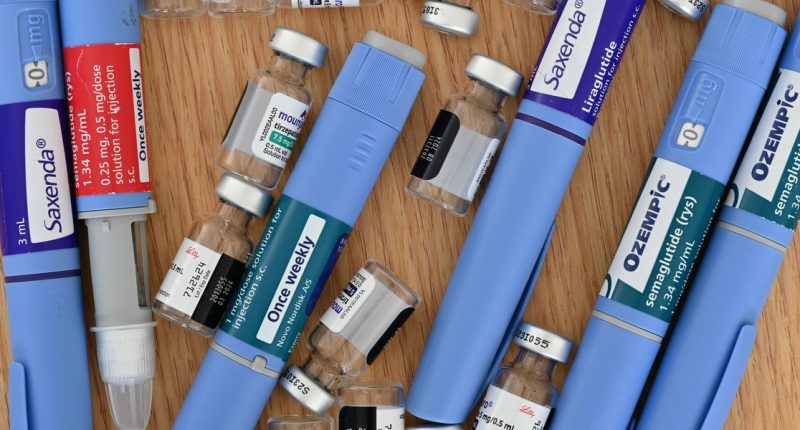An injectable weight-loss drug can reduce type 2 diabetes risk in people with obesity and prediabetes by roughly 90%, a new study has indicated.
Researchers have found that tirzepatide can protect people living with obesity and prediabetes from going on to develop type 2 diabetes.
Recent findings have revealed that fewer than 1.5% of the participants living with obesity and prediabetes who are using tirzepatide went on to develop type 2 diabetes.
Meanwhile, 13.3% of the participants on a placebo with obesity and prediabetes went on to develop type 2 diabetes.
- Mounjaro comes out top in battle of the weight loss drugs
- W8Buddy app paves the way for enhanced weight management in the NHS
- Postpartum weight retention more likely among Black women
Lead author Dr Louis Aronne said: “These results show that type 2 diabetes may be prevented, even in people who are on the verge of it, by using a medicine that causes weight loss.”
Sold under the brand name Mounjaro, tirzepatide works by activating two receptors called GLP-1 and GIP to increase the level of incretins – hormones – in the body.
It works by helping your body to produce more insulin when needed. It also reduces the amount of glucose, or sugar, produced by the liver, and slows down how quickly food is digested.
This all helps to lower blood sugar levels and HbA1c.
During the trial, the team of researchers examined the health data of 1,032 people from the SURMOUNT-1 trial, all of whom initially had obesity and prediabetes.
After 176 weeks, they saw that only 10 participants treated with tirzepatide went on to develop type 2 diabetes, highlighting a 93% reduction in risk compared to the placebo group.
- Meal timings linked to modest weight loss
- MHRA: 68 people hospitalised with weight loss injections
- Scientists uncover breakthrough in weight loss treatment
At the end of the trial, roughly 90% of the participants on tirzepatide had normal HbA1c levels, compared to 59% of participants in the placebo-treated group, the study has reported.
Dr Aronne said: “The results point to the possibility that the drug someday could become the first approved treatment for prediabetes.
“Think about the impact these types of weight-loss drugs can have in preventing not only diabetes but also many other common diabetes-related complications such as heart disease, liver and kidney disease, sleep apnoea, arthritis, and more.”
Read more in the New England Journal of Medicine.





